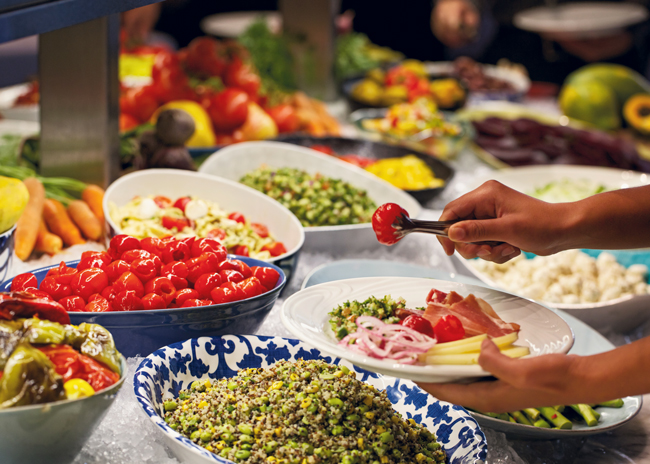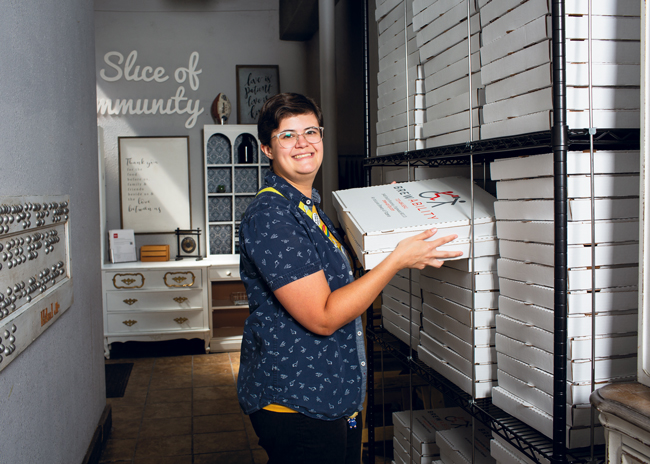The atypical foodservice climate, with record-high inflation, unprecedented labor challenges and lingering supply chain disruptions, continues to impact today’s menus.
Many operations now have food assembly lines for processing online orders that guests and third-party delivery drivers pick up. These lines shorten ticket times and improve customer service for both dine-in and off-premises guests.
Welcome to the new era of stadium — er, sports venue — foodservice.
From shareables to upscale menu items like steamed mussels, the variety of apps operators offer at bars keeps growing.
Tropical islands represent a favorite vacation spot for many, and those seeking a taste of the island life while at home continue to propel the popularity of these meals and ingredients on today’s menus.
How often have we heard the term “the new normal” over the past three years?
High-tech solutions continue to surge as operators embrace digital ordering systems and no-seating formats. At the same time, traditional self-service food models — buffets — have reset, and legacy buffet operators are doubling down on that low-tech format.
Warewashing stations are best not overlooked, since functionality and efficiency are key.
Speed and efficiency serve as the hallmarks of any foodservice operation, but for drive-thru stations, these factors become the difference between sinking or swimming.
White-collar workers are somewhat returning to urban office buildings and suburban corporate campuses, but no big shifts have occurred, which leaves those running foodservice offerings still figuring it all out.
FE&S Kitchen Storage Makeover contest winner Brewability gained organization and storage improvements at a facility with a unique operation model that puts inclusivity at the forefront.
Restaurant operators have options when it comes to preserving food quality, which is not only important from a customer standpoint but also helps control food waste.
Restaurants owners and foodservice operators recognize the importance of controlling their customer experience —both inside their four walls and outside. That’s where takeout and paper goods come into the equation, says Scott Attman, vice president of Acme Paper, a packaging distributor.
Arlin Wasserman, founder and managing director of Changing Tastes, a culinary and foodservice consultancy based in New York City, has seen some fairly niche trends that could make waves in the foodservice industry in the near future. Here’s a look at some of those trends and the coinciding equipment- and supplies-related implications.
From the use of technology to consumers’ changing preferences to overall higher operating costs, today’s restaurants must weigh a variety of factors as they plot their futures. And they must do this with an eye toward what makes their concepts distinctive.
Though parts of the country have experienced record-setting heat this summer, winter is coming. The time to start preparations for the colder months is here.




















